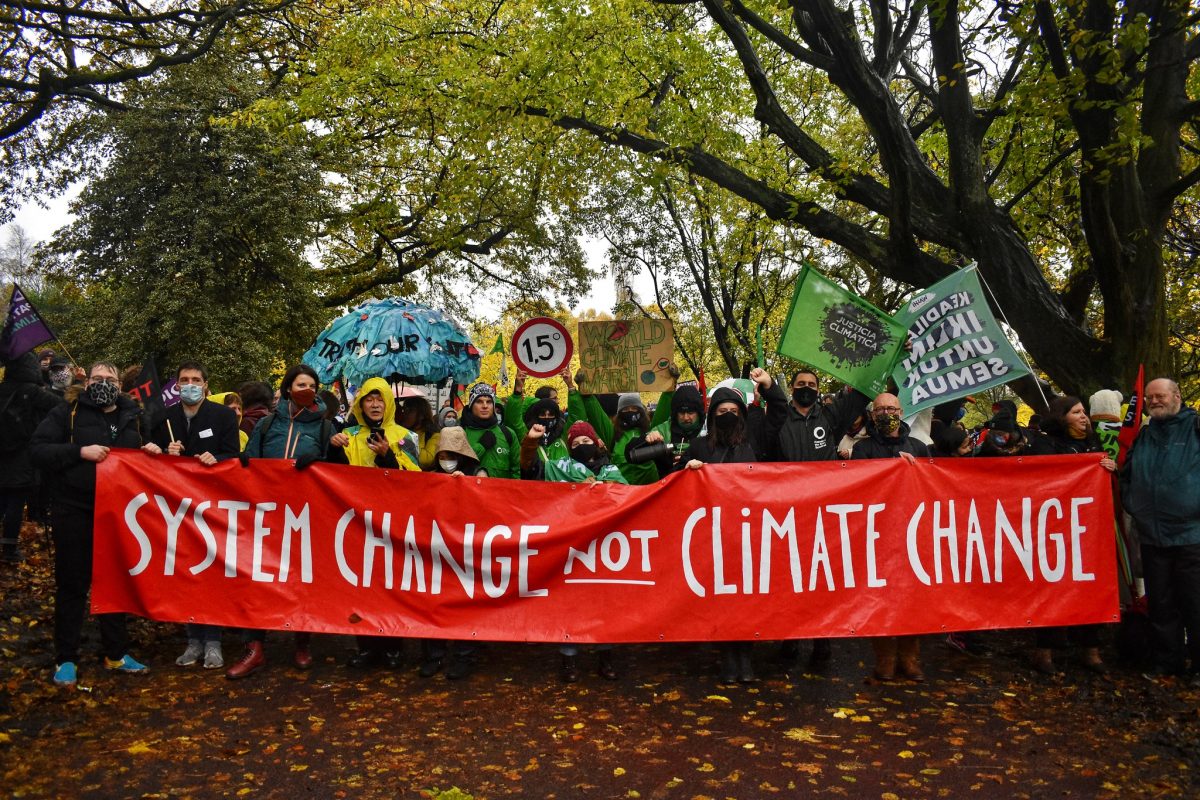
Edinburgh’s Pollution Zones spreading to new areas of the city
Air pollution is spreading to the south and west of the City according to a newly published Council report. (1)
Air quality experts have recommended that the Council extend its City Centre Pollution Zone to include part of the South Bridge/Nicolson Street Corridor and Angle Park Terrace/Slateford Road. Edinburgh has 4 other pollution zones in the City. (2) Levels of air pollution within these zones are breaking Scottish standards and putting public health at risk from conditions such as asthma, emphysema, heart disease, strokes and lung cancer. (3), (4)
The Council is expected to approve extensions to its pollution zones in a meeting of the Transport and Environment Committee next Tuesday (26 August).
Air Pollution has been named a silent killer by environment group Friends of the Earth Scotland. Air pollution campaigner Emilia Hanna said,
“Every day people in Edinburgh are forced to breathe in toxic gases and particles from traffic. Air pollution is worsening our health, with more than 200 people in Edinburgh dying from this invisible killer each year.(5) The Government now says that Edinburgh will only achieve clean air standards by 2020. (6) This means many more people suffering preventable deaths and health problems.”
“The Council has an ambitious Transport Strategy and positive plans to spend more on cycling, but the extensions to pollution zones should send a strong signal that even more action is needed to protect our health.”
The new report has recorded improvements in air quality in some parts of the city, including on parts of St John’s Road, due to improvements in emissions standards of buses.
Emilia Hanna continued, “we are seeing some improvements in certain areas where buses have upgraded their fleet to have lower emission exhausts. This demonstrates that that air pollution can be successfully tackled and that low emission public transport is part of the solution.”
“The areas of increasing pollution show that the Council needs a more holistic approach where emission standards are improved across the whole city. It should introduce a Low Emission Zone similar to the one in Copenhagen or Berlin, where the most polluting vehicles are banned from parts of the city. It also needs to revisit the idea of congestion charging and continue its investment in walking and cycling.”
Anne Hay is an asthma sufferer and says that although today’s air pollution is invisible, it is harming her health. She commented, “when the air is bad, I have to avoid the city centre, take more medicine and sit up at night. It's not like the old days when you could see the pollution, so it tends to be asthmatics like me and cyclists who know when the air is bad. But we are like the old pit canaries who alerted miners to toxic air. It affects everyone, especially growing children.
“I am pleased to see the good measures that Edinburgh City Council Transport have put in place but more needs to be done to meet Scottish air quality standards and it requires all of us to support this and make small incremental changes to our own habits where we can.'
ENDS
Notes to editors:
(1) Air pollution is spreading to new parts of the city, as areas which had not previously been declared as pollution zones are now showing breaches of Scottish Air Quality standards. These locations include Angle Park Terrace, Dundee Street, Nicolson Street, South Bridge, South Clerk Street, Queensferry Road and Slateford Road. The Air Quality Assessment and Review 2014 was published on 20 August 2014 and is Item 7.11, available to view at
http://www.edinburgh.gov.uk/meetings/meeting/3481/transport_and_environm…
Item 7.11 Appendix 3 Pages 73 & 74 show the data and maps justifying the extension of the AQMAs.
It will go to the Council’s Transport and Environment Committee on Tuesday 26th August.
(2) Maps of the five current Edinburgh City Centre Pollution Zones or “Air Quality Management Areas” are available at http://www.scottishairquality.co.uk/laqm/aqma?id=370. The five Pollution zones are: City Centre, St John’s Road, Great Junction Street, Newbridge, and Inverleith.
(3) The Scottish Air Quality Standards are at http://www.scottishairquality.co.uk/air-quality/standards
(4) Research published on 21 January revealed that exposure to fine particles in the air led to a higher chance of heart attacks and cases of unstable angina. The research followed over 100,000 people for nearly 12 years. Research published in the British Medical Journal, “Long term exposure to ambient air pollution and incidence of acute coronary events: prospective cohort study and meta-analysis in 11 European cohorts from the ESCAPE Project” BMJ 2014;348:f7412
(http://www.bmj.com/content/348/bmj.f7412). The World Health Organisation announced that globally 7 million people die prematurely each year due to exposure to air pollution:
http://www.who.int/mediacentre/news/releases/2014/air-pollution/en/
(5) Public Health England’s research published in April 2014 which finds the equivalent of 205 deaths in Edinburgh are due to exposure to fine particles is available at
http://www.hpa.org.uk/webc/HPAwebFile/HPAweb_C/1317141074607. The Scottish figures are in Table 3.
(6) The DEFRA projections for when UK cities will meet European air quality standards:
http://uk-air.defra.gov.uk/assets/documents/no2ten/140708_N02_projection….
(7) Friends of the Earth Scotland is
* Scotland's leading environmental campaigning organisation
* An independent Scottish charity with a network of thousands of
supporters and active local groups across Scotland
* Part of the largest grassroots environmental network in the world,
uniting over 2 million supporters, 77 national member groups, and some
5,000 local activist groups
